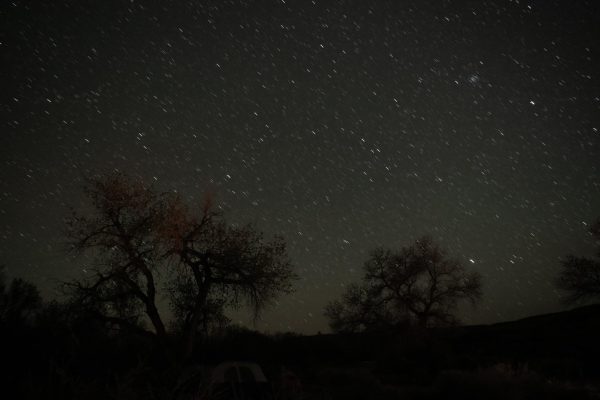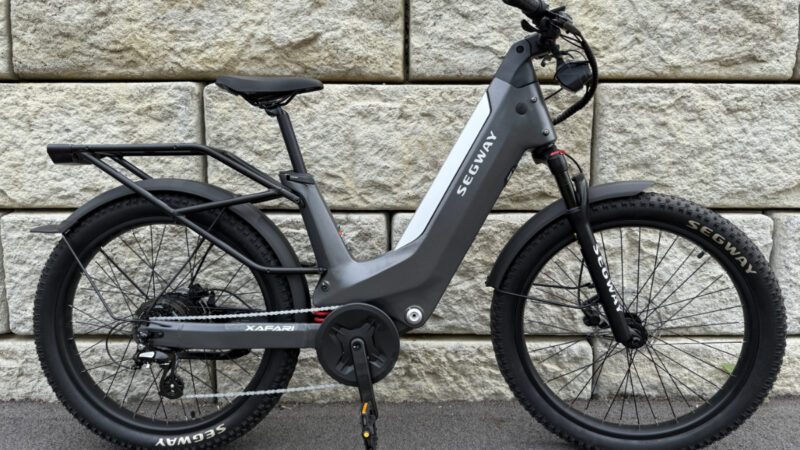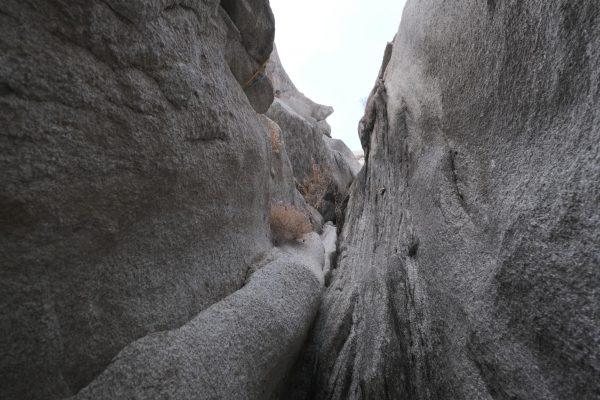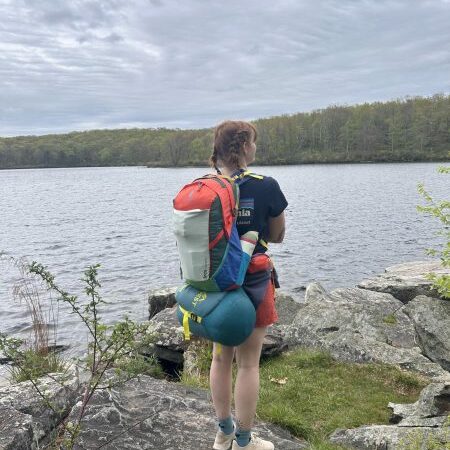How to properly prepare for a hike
Hiking is a popular recreational activity in the Wasatch, but did you know that most people don’t pack the necessary gear when hiking? There’s a lot more to a hike than just wearing tennis shoes and bringing a water bottle.
Of course, the gear needed for hikes varies depending on the duration and difficulty of the hike, but you might be surprised by what should be in your backpack, even for the shorter hikes.
With any hike, the most important step is to check the weather beforehand, both at the bottom of the hike and at the top. If your hike increases in elevation, the weather could change more drastically than you might expect. For example, if you are hiking in Big Cottonwood Canyon, consider checking the Brighton Ski Resort’s weather forecast. This can give you a little heads-up on how the temperature might change as you hike higher.
National Park Service recommends that whenever going on a hike, one should consider the Ten Essentials. These essentials include navigation, sun protection, insulation, illumination, first-aid supplies, fire (matches or lighter), repair kit/tools, nutrition, hydration, and emergency shelter. Having these items on you can help you be prepared for any possible scenario; however, if you plan to go on a simple short hike, you most likely wouldn’t need all ten essentials.
So what should you bring if you are going on a day hike that’s under 2 hours long?
- To start, bring a pack. A 10-20 liter bag is ideal to carry all your needed layers and gear.
- One of the biggest mistakes hikers make is wearing the wrong material when hiking. Wearing cotton is a big no; it will absorb moisture, whether that’s your own sweat, rain, or water from a stream. This will make it hard to stay comfortable and could even keep your body cold. Your base layer should be a moisture-wicking base. Polyester, nylon, or Merino Wool base layers are your best options. Good hikers are also prepared with many layers; bring a lightweight mid-layer as well as a waterproof shell outer layer. Having all these layers helps prepare you for any kind of weather you may encounter on your hike. Go for functionality over fashion.
- On any hike, it is recommended that you bring 72 ounces of water. Another rule of thumb is to bring about half a liter of water per hour you are hiking. Nutritious snacks like an apple or a granola bar are also a necessity. Snacks are a good way to ensure you take a break and stay energized. However, remember to clean up after yourself; don’t leave apple cores or granola bar wrappers on the trail. Pack in, Pack out. Ensure you and anyone with you drink plenty of water throughout the hike to prevent dehydration.
- A first aid kit should always be in your pack, regardless of the intensity and duration of the trail. While we hope we don’t ever have to use it, it’s better to have one than not to. The first aid kit in your pack doesn’t need to be anything fancy, but at least having a small, good-quality kit can help you in most situations. A good first aid kit includes bandages, gauze, a tourniquet, a multi-tool, sanitation wipes, etc.
- Sun protection can be a variety of things, but all are equally important to prevent sunburns. It could include sunscreen, sunglasses, hats, and/or thin long sleeves. Regardless of how you choose to protect yourself from the sun, make sure you do.
- Navigation: Make sure you know where you are going! Whether you are traditionally using a map or using an app on your phone, “study” your navigation and get to know the trail beforehand. This not only prevents you from getting lost but can also help you prepare. Ensure you always tell someone where you are going.
- Flashlight! This can vary depending on what time of day you are hiking, but it’s better to have one just in case. Relying on the flashlight on your phone is not ideal.
- Footwear is one of the most important things when going on a hike. If you wear the wrong shoes, your feet are going to kill, and you’ll probably be rewarded with a few blisters by the end of the trail. Any shoes specifically designed for hiking are always a good choice, whether they are hiking sandals, shoes, or boots. Depending on the terrain of the hike, you decide on your footwear. You might think I’m crazy for suggesting this, but bring an extra pair of socks. If you are hiking near water or in any other circumstance your socks get wet, you will want to change them. Having an extra pair of socks in your pack will be your holy grail. Wet socks lead to blisters, and overall, you’re extremely uncomfortable.
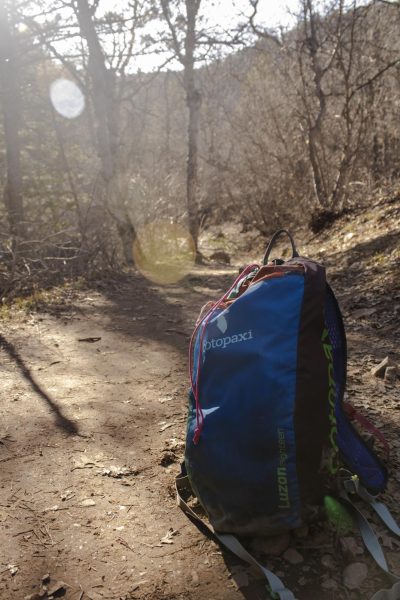
Again, all things can vary, but these are general guidelines for hikers. Even if the hike is short, don’t let it fool you. You don’t want to go unprepared!
How exactly should you pack your bag? And yes, there is a proper way to pack your hiking pack.
Regardless of any hike, you should always pack your least-used items at the bottom of the bag and your most-used items at the top. This ensures that you aren’t digging through your bag and pulling out all your items just to grab your water. An example of how to pack your bag would be to put your extra layers at the bottom, followed by your sunscreen, water, food, and first aid kit closer to the top.
Ensuring you are properly packed and have all the needed gear will improve your hiking experience. Stay safe, have fun, and explore the Wasatch!
The post How to properly prepare for a hike appeared first on Wasatch Magazine.
Source: https://wasatchmag.com/how-to-properly-prepare-for-a-hike/


